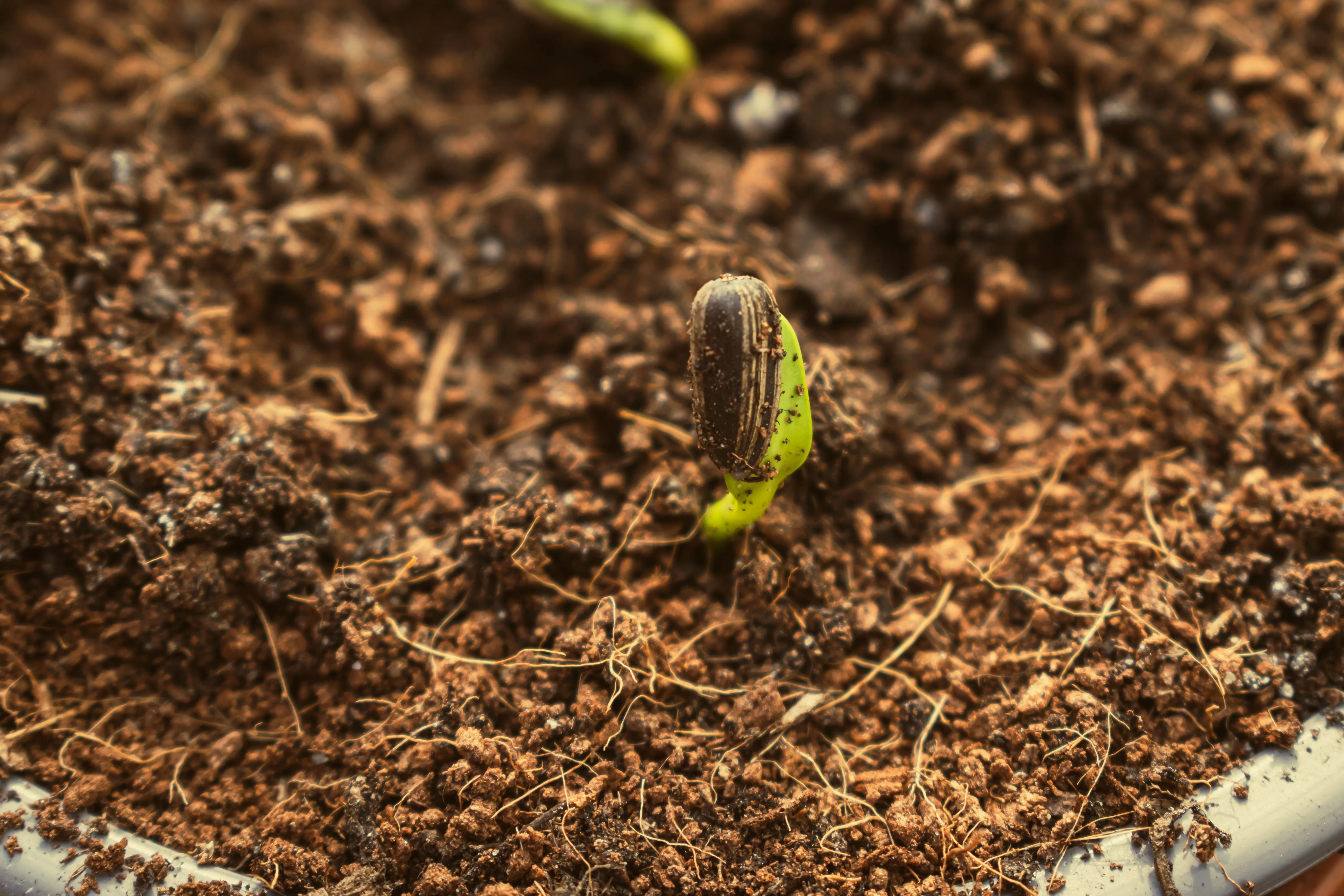Ensuring Long-Term Soil Fertility: Tips and Techniques
Join Vriksha Farms in exploring 'Ensuring Long-Term Soil Fertility: Tips and Techniques'. This insightful blog post delves into the heart of sustainable farming, highlighting essential strategies for maintaining soil health. Discover the role of advanced technology in farmland management, the benefits of sustainable crop rotation, and the importance of balancing livestock welfare with productivity. Learn actionable tips and techniques to ensure the vitality and fertility of your soil for generations to come."

Introduction
Long-term soil fertility is a cornerstone of sustainable farming. At Vriksha Farms, where responsible agroforestry and sustainable living are key, maintaining soil health is paramount. This blog post offers valuable tips and techniques for ensuring long-term soil fertility, crucial for the success of any farming endeavor.
Understanding Soil Fertility
The Role of Soil in Farming
Soil fertility is essential for producing healthy crops. Rich, fertile soil leads to better crop yields and quality, which is fundamental for the success and profitability of a farm.
Indicators of Soil Health
Key indicators of soil health include nutrient content, soil structure, pH levels, and the presence of beneficial microorganisms. Regular testing can provide insights into these aspects.
Tips for Maintaining Soil Fertility
Organic Matter Addition
Incorporating organic matter like compost and manure improves soil structure, enhances nutrient content, and encourages microbial activity. This is a natural way to enrich the soil.
Crop Rotation
Rotating crops prevents soil depletion, breaks pest and disease cycles, and can improve soil structure and fertility over time.
Cover Cropping
Planting cover crops during off-season periods helps prevent soil erosion, adds nutrients (especially if legumes are used), and keeps the soil active.
Techniques for Enhanced Soil Fertility
Conservation Tillage
Minimizing tillage helps preserve soil structure, reduce erosion, and maintain organic matter. No-till or reduced-till practices are effective in this regard.
Balanced Fertilization
Using fertilizers in a balanced way, based on soil test results, ensures that crops receive the nutrients they need without overloading the soil with excess chemicals.
Enhancing Biological Activity
Encouraging the presence of earthworms and beneficial microbes plays a crucial role in maintaining soil health. Practices like mulching and reduced chemical use support this biological activity.
Sustainable Farming Practices
Integrated Nutrient Management
Combining organic and inorganic fertilizers in a responsible manner can provide crops with necessary nutrients while preserving soil health.
Water Management
Efficient water use, through practices like drip irrigation, helps maintain soil structure and prevents nutrient leaching.
Economic and Environmental Benefits
Long-Term Productivity
Maintaining soil fertility is crucial for long-term farm productivity. Healthy soil leads to sustained crop yields and quality, ensuring the economic viability of the farm.
Environmental Sustainability
Healthy soil contributes to the overall sustainability of the farming system. It supports biodiversity, aids in carbon sequestration, and reduces the farm's environmental impact.
Conclusion
Ensuring long-term soil fertility is vital for the success of sustainable farming. By implementing these tips and techniques, farmers can maintain healthy, productive soil, which is a key investment in the future of their farms. Vriksha Farms embodies these principles, offering managed farmland plots where sustainable soil management practices are a priority.
